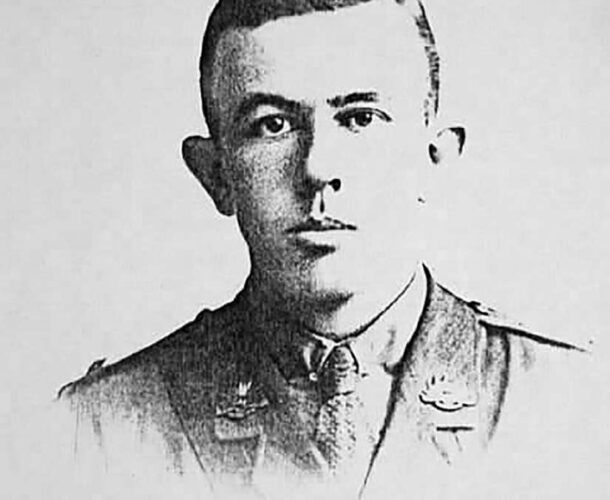After serving in the Australian Imperial Force during World War I, Sir Neil Hamilton Fairley joins the Walter and Eliza Hall Institute as the director’s research assistant in February 1920. Building on his work developing antibody tests for the parasitic disease schistosomiasis, Fairley creates a similar test for tapeworm infections (known as hydatids).
First accurate diagnostic tool
Tapeworm infections occur following ingestion of tapeworm eggs that have come from dogs. The eggs are incubated for months or years before cysts can grow in organs including lungs, skin, bones, liver and heart. X-rays are common for locating cysts, but Fairley’s antibody test provides the first accurate diagnostic tool that Australian doctors can employ without resorting to potentially-harmful x-rays.
Although the institute was founded in 1915, this is the first year that research is undertaken. Studies into early infectious diseases such as tapeworm infections dominate early discoveries and Fairley’s extensive experience in developing diagnostic tools aid scientists and clinicians alike.




